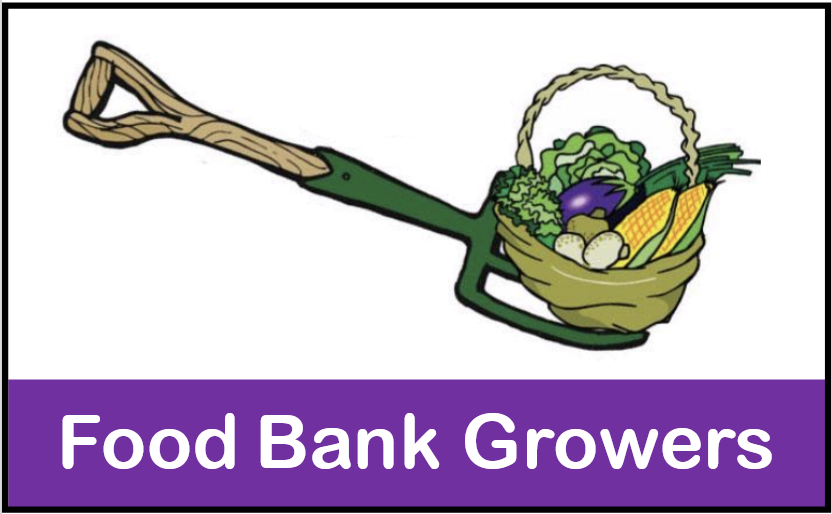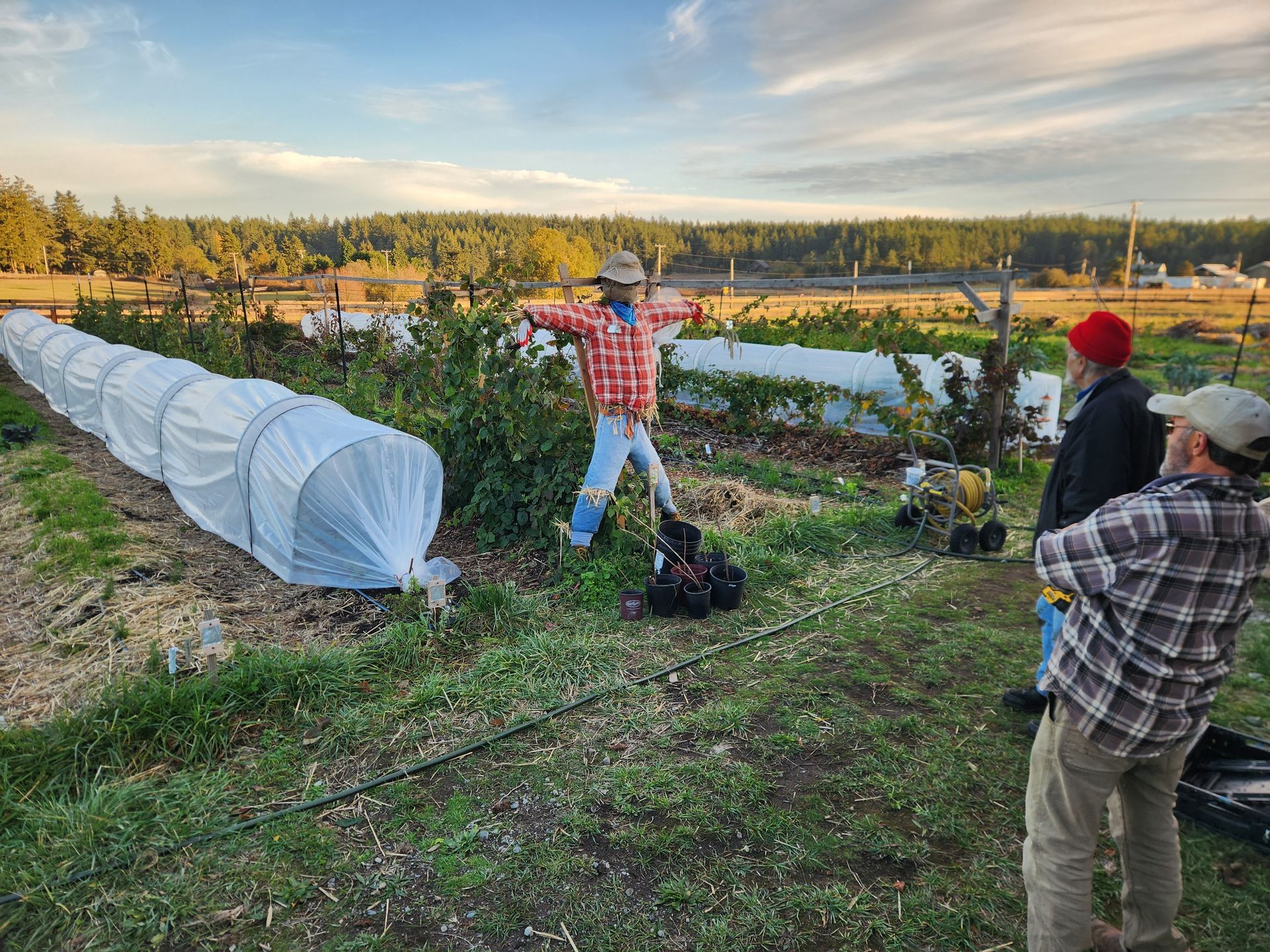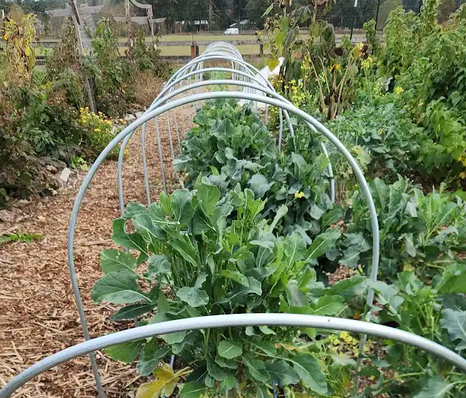Newsletter May 2023

Keeping up with To-Do list
In this Issue...
- In the Garden this month…
- Year-to-Date Harvest Numbers
- On the Calendar - Upcoming Events
- Recent Postings
- Welcome New Growers
In the Garden this Month -
By Dianna Wiklund, FBG Garden Coordinator
At last our weather will be turning a bit warmer. Still the average temperature in May is between 47 and 62 degrees F. NOAA is forecasting warmer and drier than average for May. The long term forecast for May, June, July is warmer and drier than average so it is time to prepare for the change over.
If you haven't already it is time to make sure your irrigation systems are working. I use soaker hoses and I will be repairing any winter damage and cleaning them out in the next couple of weeks. Those with drip irrigation have lots of parts to check and test. Make sure nothing is clogged up. I highly recommend a timer on whatever your system is.
It is also time to start another round of transplant starts for filling in and later harvest. I especially do this with brassica. This will be my fall harvest as well as filling in any that didn't survive from my first planting.
Keep up your slug patrols!
Planting out in May from seed:
- Dill, Chamomile, Cilantro, Mint, Parsley
- Carrots (remember to cover them to keep the seeds moist (burlap or cardboard just until they germinate. Then switch to a row cover to keep out rust fly.
- Mustard family (Brassicaceae) Broccoli, Cauliflower, Cabbage.
- Beets, Spinach, Lettuce
- Beans and Corn. I start my corn inside in full length toilet paper tubes so I don't disturbed the roots when I transplant it out after the temperature really warms up.
- Finally get those potatoes in the ground as soon as possible. It has just been too cold up to now. Remember the tubers form between the mother potato and 12" up the stem. I bury mine 6" deep and then add dirt and straw to cover the next 6".
- Squash and melons can be started out under cloches or in cold frames. I start mine in my unheated greenhouse and transplant them shortly after they germinate again don't mess with their roots).
- Last chance to put in the onion starts. They must be planted before mid May or they will not bulb up. Any starts that don't bulb up can be used as scallions.
I have seen or heard a few pollinators in my fruit trees. Keep your eyes and ears open. If we don’t get adequate pollination now we won't get fruit this summer and fall. I will be heading out with my paint brush as my trees bloom just to make sure I get something this it year. Plus it is fun just to be with the trees while they are blooming.
Happy Gardening.mmHave questions/comments?
Dianna can be reached at: FBGgardencoordinator@gmail.com
Year-to-Date Harvest - 896.2 pounds
Turnip Greens, Turnips, Kale, Chard, Pac Choi and Spinach are the biggest crops. For a full breakout go here.
Upcoming Events
Click for full monthly calendar of opportunities - gardening, harvesting, gleaning…
(Located on the front page of FoodBankGrowers.org website.)
- May 13 10:00-2:00 Plant Sale
- at the Grange Food Bank Garden
- May 20 5:00-6:30 Weaving the Web: Soil, Pollinators, Human Health Presented by Jill Allison via Zoom.
- May 20 - FBG at the Port Townsend Farmers Market — Come talk with us at our booth from 9:00 to 2:00
Recent Postings on FoodBankGrowers.org
Boat School Garden gains tool shed and wash stand
Kathy Ryan nominated for Citizen of the Year
PTHS Garden off to a Fresh Start
Welcome New Growers!
Abby Gullett, Amber Langley, Jon Evans, Sallie Cymbalski,
Sharon Bastian, Wendy Norquist, George Sawyer
Volunteers Needed for:
- Garden Managers -- Each garden needs a point person -- someone who can point to what to do next… This year we're partnering new Garden Managers with experienced ones for every step. Between them, Dianna, and the Monthly "to dos", you'll have everything you need to produce baskets full of produce.
- Growers - - Learn how to grow fresh food for the Food Banks while learning how to grow food for yourself at home. We guarantee the every day you'll learn something new. All gardens will need help -- the more volunteers, the easier and more fun the work becomes. Go to the MAP SECTION of the website and locate a garden near you. Stay at one, or rotate through many. Hours differ by garden.
- Harvesters - Each garden will need harvesters to pick and prepare the produce for the Food Bank distribution. Hours differ by garden. “Gleaning” will start later this summer.
- Writers - Could you talk about plants all day? Put it in writing. You write. We'll post.



